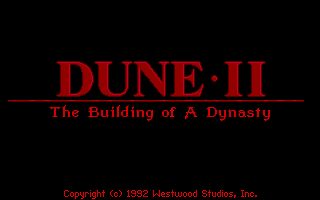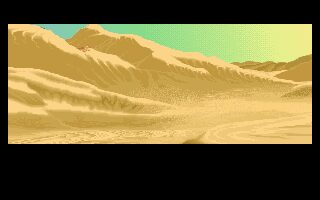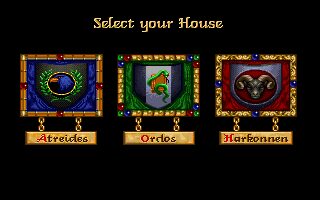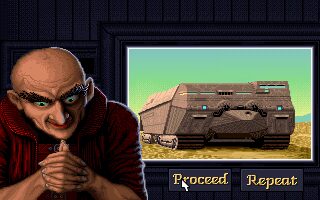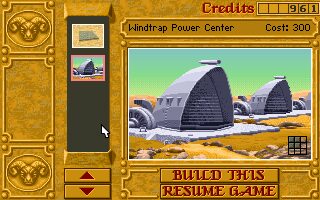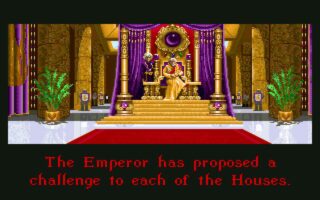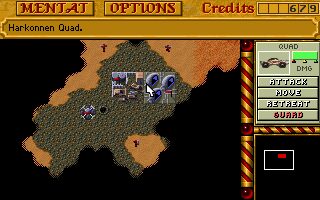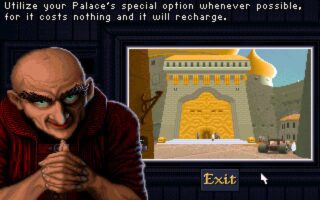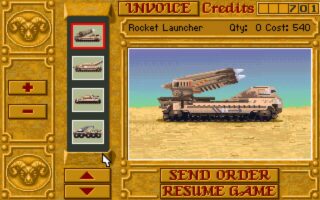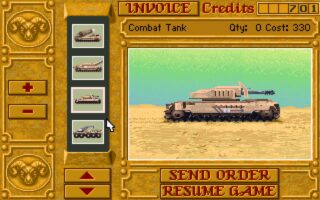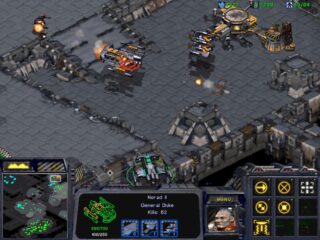Dune II: The Building of a Dynasty is a real-time strategy game created by Westwood Studios and published by Virgin Games in 1992.
The game, also known as Dune II: Battle for Arrakis, is the second entry in the Dune series and it's one of the most influential video games of all time. Dune II is thought of by many as the first real-time strategy game, since for the first time a player was able to control and micromanage several units and resources without a turn-based time structure.
Despite the name, Dune II is not the sequel of the first Dune. The two games were developed independently by two different studios. In fact the adventure game by Cryo Interactive was planned to be canceled by Virgin, to release Westwood Studio's strategy game instead. But in the end they decided to keep both games and one of them was renamed Dune II: The Battle For Arrakis.
Though set in the ‘Dune’ universe, the game’s plot is only loosely connected to any of the books by Frank Herbert. For those unfamiliar with the saga, the game takes place on a desert planet called Arrakis. Arrakis’ value lies in a spice that can only be found in its sandy dunes. This spice is the basis for space travel so high production is a must. In order to increase productivity the Emperor pits 3 powerful families against one another. Though peaceful at first, the rivalry soon turns sour resulting in armed combat between the families. You get your choice of which family you want to control. Each one has their own special unit that can unleash a unique ‘palace effect’ later on in the game.The other families’ militias aren’t the only threat as the planet is home to deadly sandworms that can swallow even your largest units whole. Of course the sandworms reside in the spice fields, so harvesting spice can attract them. You’ve got to fight the other families while producing spice without losing valuable units to sandworms. Can you handle all that?
Striking a balance between complexity and innovation, Dune II was not only a commercial and critical success, it also created a pattern that Command & Conquer, Age of Empires, Starcraft, would follow.
The game won “Strategy Game of the Year” in 1993. It also landed at #70 on the “150 Best Games of All Time” list and at #30 on the “100 Most Important PC Games of the Nineties” list. Check out this godfather of RTS games and see where it all began.

